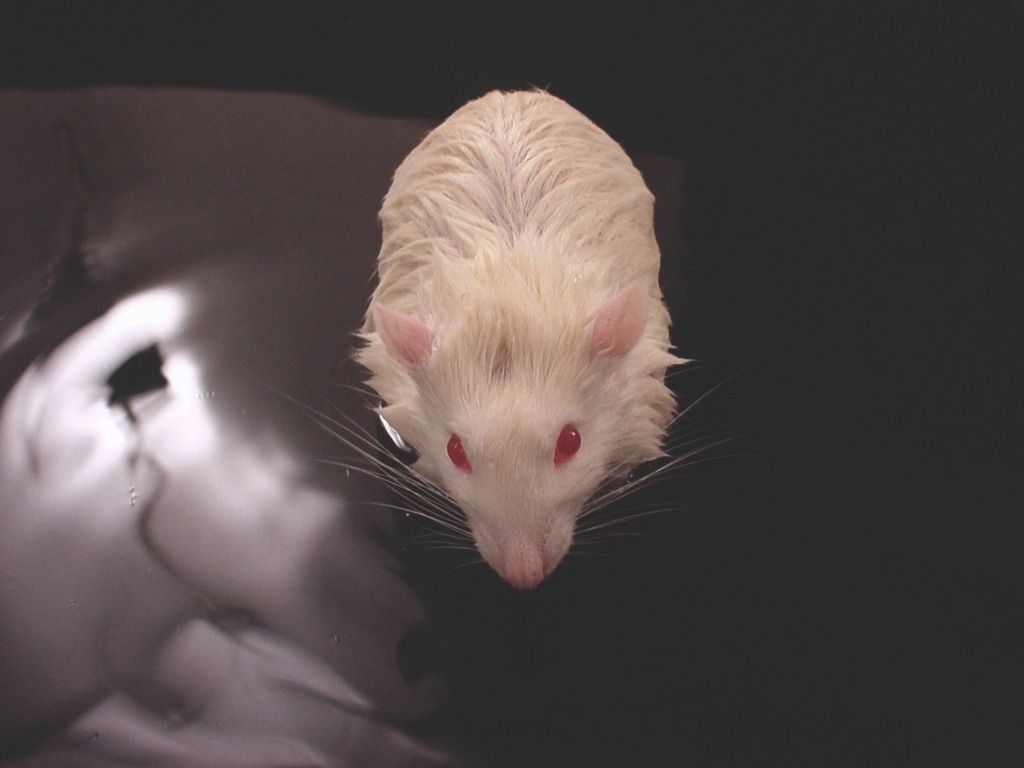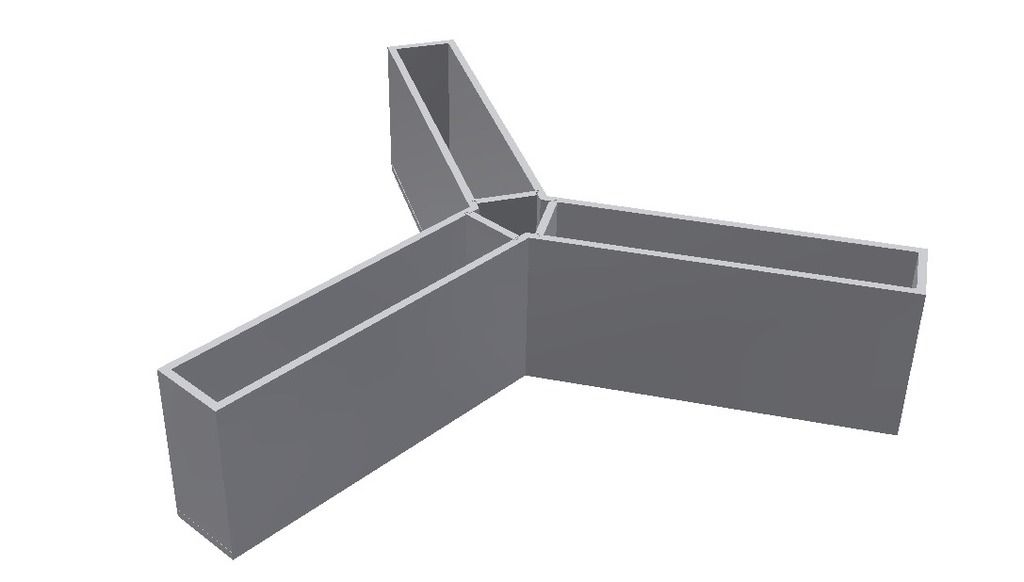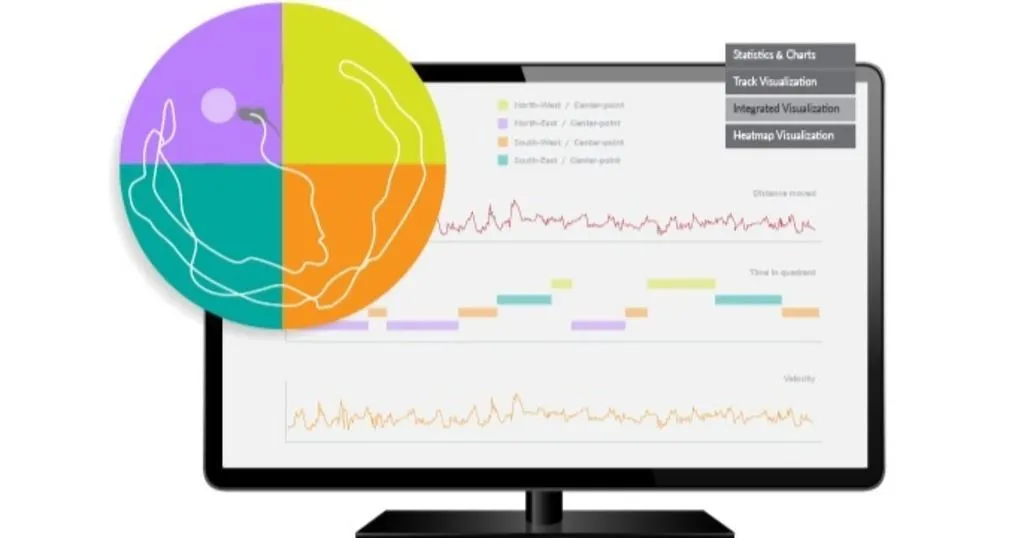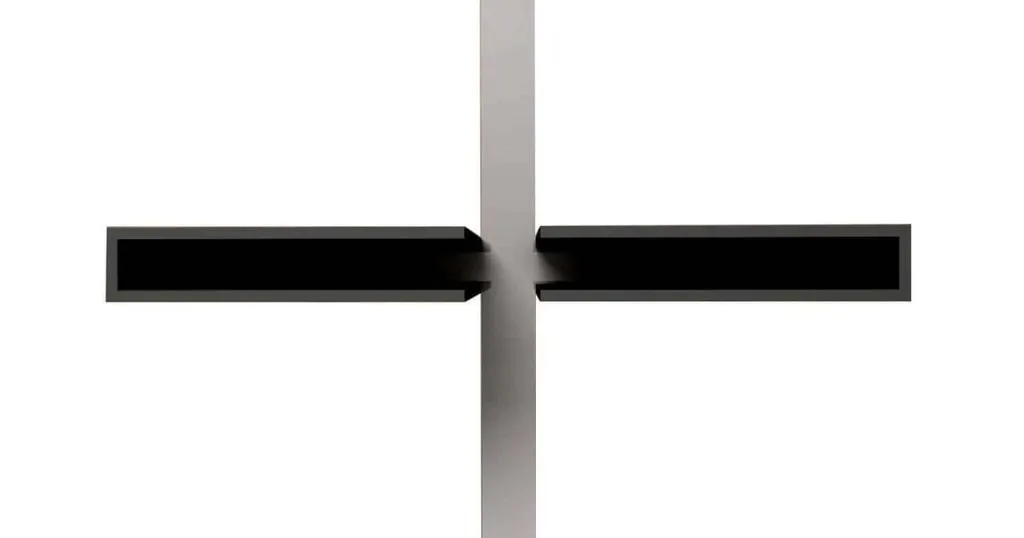5 blogs on why you should use video tracking in behavioral research
In this blogpost you can find an overview of our top 5 favorite blogs on why you should use video tracking in your behavioral research.
Posted by
Published on
Fri 04 Feb. 2022
Topics
| Behavioral Research | EthoVision XT | Learning And Memory | Open Field | Radial Arm Maze | Rats | Video Tracking | Mice |
Video tracking in behavioral science can be used in a variety of studies. Video tracking means detecting an animal in a video file or from a live video feed, distinguishing it from its background, and tracking its whereabouts and movements. With our EthoVision XT we created a software that fits the bill for all of your experiments.
5 blogs on why you should use video tracking in behavioral research
EthoVision XT is used in over 10,000 publications, which of some, we wrote blogs about. In this blog you can find an overview of our top 5 favorite blogs on why you should use video tracking in your behavioral research.
1. EthoVision XT video tracking software in combination with the radial arm maze
For over 40 years, the radial arm maze has been used extensively for memory testing in a variety of conditions. This includes the effects of psychoactive drugs and medication, as well as research into behaviors related to autism spectrum disorder and brain injury. It has also been used to characterize basic functions of the brain’s various centers of memory function and individual differences in cognition between animals.
The radial arm maze often is used in combination with our video tracking software: EthoVision XT. In this blog you can read more about the use of the radial arm maze in combination with EthoVision XT and how well it works to analyze spatial memory, working memory and reference memory.
2. How video tracking makes or breaks profitable shrimp farming
Shrimp lover? Then you might like to know more about the Pacific white-leg shrimp, since these crustaceans are a large part of commercial aquaculture. The downside of these shrimps is that they can be slow feeders, which has a lot more consequences than you might expect. Leftover food is not only a waste of money, but it also contaminates the water.
In this blog you can read about a publication of Bardera and colleagues (2020, Aquaculture) and how they introduced video tracking with EthoVision XT to shrimp behavior research. With 27 shrimp, they tested feed attractability of three experimental diets with different theoretical levels of attraction.

3. Diazepam in the battle against Alzheimer’s disease
Did you know that Diazepam can help in the battle against Alzheimer’s disease (AD)? Researchers from the University of Latvia do! They have found that low doses of diazepam (0.05 mg/kg – 1 mg/kg) reduce the decay of neurons in rats induced with AD. To study spatial memory, these researches used the Morris water maze test, a common test in behavioral neuroscience.
In combination with EthoVision XT video tracking software, this test can easily confirm spatial memory in rats that are induced with AD. Read everything about the test and its outcome in this blog.

4. Why use a Y-maze in combination with video tracking?
Like the name suggests, the Y-maze is shaped as a Y, consisting of three arms of the same length positioned at 120 degrees to each other. The Y-maze is often used to investigate spatial learning and memory in rodents. With this test, the animal can learn to get a reward by choosing the correct arm of the maze, or show its preference for a certain type of environmental cue, if it recognizes a novel environment, etc. With EthoVision XT, the nose, center, and tail base of rats and mice is automatically detected and tracked in the Y-maze.
In the latest version of EthoVision XT 16, a deep learning algorithm was introduced for very accurate detection of these body points. This is a very useful feature for tests such as the Y-maze, because only when all body points are detected in a specific arm, this counts as an entry. Curious on what can be tested in a Y-maze and how the EthoVision XT comes in handy? Read this blog!

5. EthoVision XT and the open field test
Imagine you are dropped in the center of a wide open field. Would you explore the entire area? Or hunker down around the edges, fearing predators and other unknowns? Your internal state probably impacts how you respond in this situation.
With the open field test, differences in behavior in groups of animals exposed to, for example, a negative environmental stimulus can be tested and compared to a control group. This is a labor-intensive test for researchers. That’s where EthoVision XT video-tracking software comes in handy. Click here to learn more on how the video tracking software can be a great tool to track and analyze data in the open field test.
Are you ready to use video tracking in your own research?
Related Posts

Let the software work for you!

Why you shouldn’t use a black box to measure animal behavior


